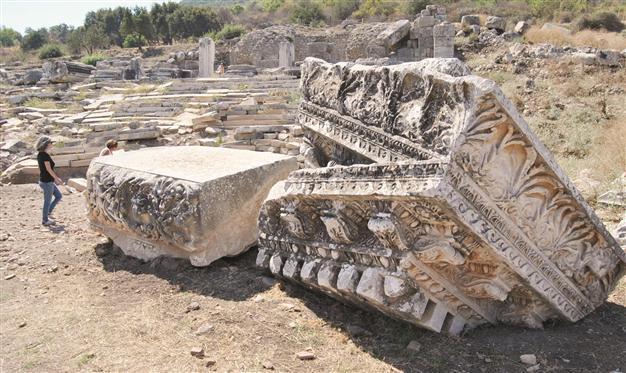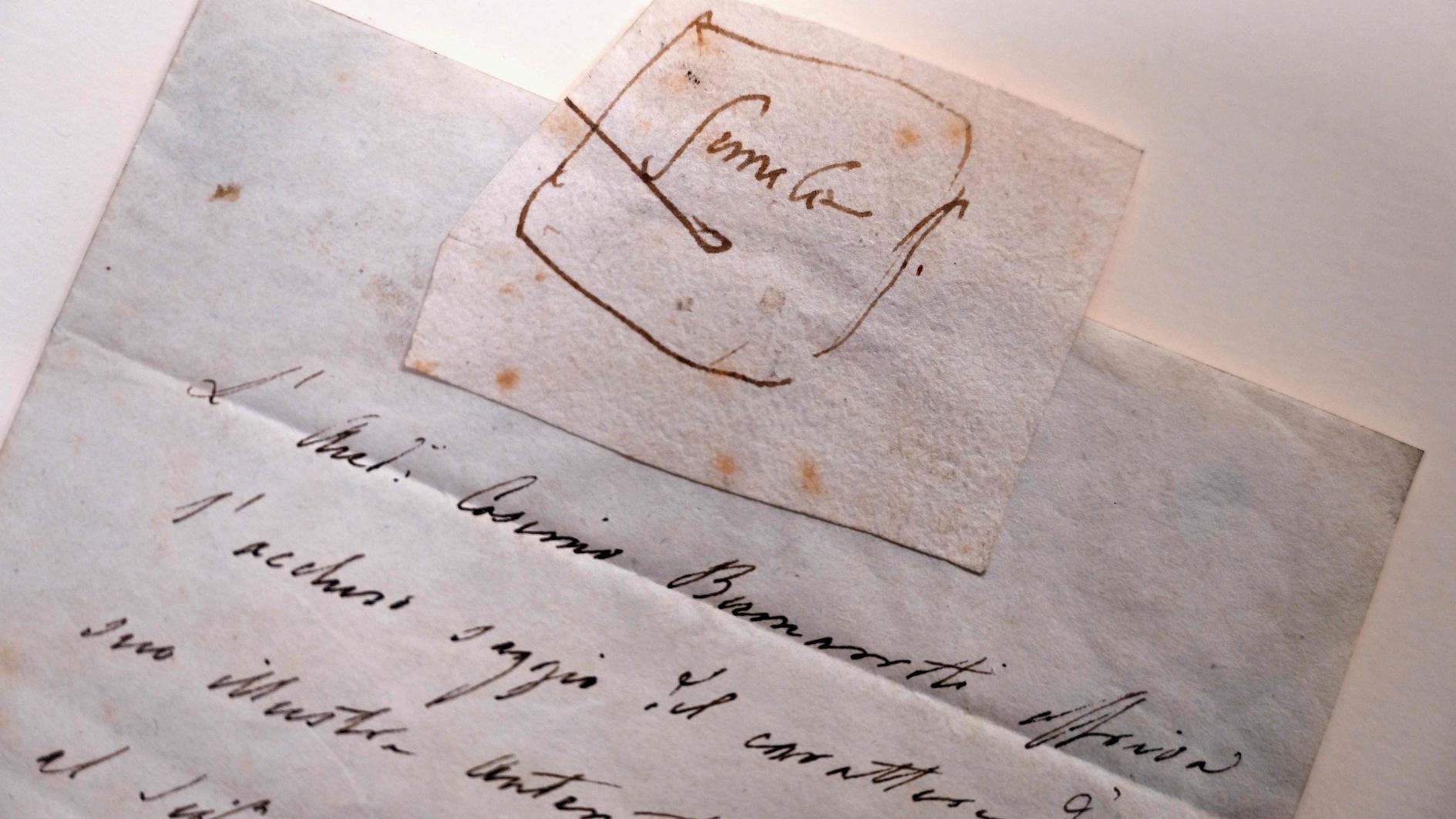Temple of Serapis in Ephesus undergoes restoration
İZMİR – Anadolu Agency

The remains of the temple built 1,800 years ago have been left scattered about due to an earthquake, but are reportedly intact.
The temple of Serapis, which was discovered in İzmir’s ancient city of Ephesus and is estimated to have collapsed in an earthquake, will be restored to its original condition. The ancient city of Ephesus receives approximately 2 million visitors from around the world every year.Experts have said the temple, built in the 2nd century A.D. as a devotion to the Egyptian god Serapis, is the best preserved and largest temple in Anatolia. Constructed on an area of 7,700 square meters, the area of the structure is over 1,000 square meters.
Built 1,800 years ago, the temple’s remains have been left scattered about due to an earthquake, still it’s reported that nearly 100 percent of the temple’s pieces are still intact.
 The restoration of the temple has been undertaken by the Ephesus Foundation and it is widely expected that the temple will become the second face of Ephesus, following the Celsius Library, after its restoration.
The restoration of the temple has been undertaken by the Ephesus Foundation and it is widely expected that the temple will become the second face of Ephesus, following the Celsius Library, after its restoration. The Ephesus Foundation President, Ahmet Kocabıyık, said they would like to bring a new destination to Ephesus with the restorations. “The Celsius Library comes to mind when we say Ephesus, but when a temple like Serapis is revived, it may become the new face of Ephesus,” he said.
Kocabıyık said the most important point in the restoration process was placing the triangular roof, called a “pediment,” on top of the columns. “We have two alternatives for the removal of the roof. We will either put it on the columns or we will display it in another place. Most probably we will not be able to put the pediment on the columns because it weighs 600 tons. Placing it on columns will be seriously expensive. We plan to place it in another area and, in this way, visitors to Ephesus will see it,” Kocabıyık said, adding that the marble on the pediment has so far survived without being damage.
“We have good workers here. The restoration process will take nearly seven or eight years and we have a budget between $3-5 million. Placing the triangular section on the columns would no doubt double our cost,” he added.
The Director of the Austrian Institute of Archaeology and head of excavations at Ephesus, Sabine Ladstatter, said the remains and the strength of the blocks had been analyzed with ultrasounds for the restoration, as well as the land structure of the region.
Stating they had examined the possibilities to reestablish the temple, Ladstatter said work at the site would be finished in October and the application process would start later. She said for a work to be considered a restoration, 80 percent of the structure should be revived. “We have started working on doing this. The triangular structure is in the soil. It is an innovative idea to display this triangle in another place.”
















